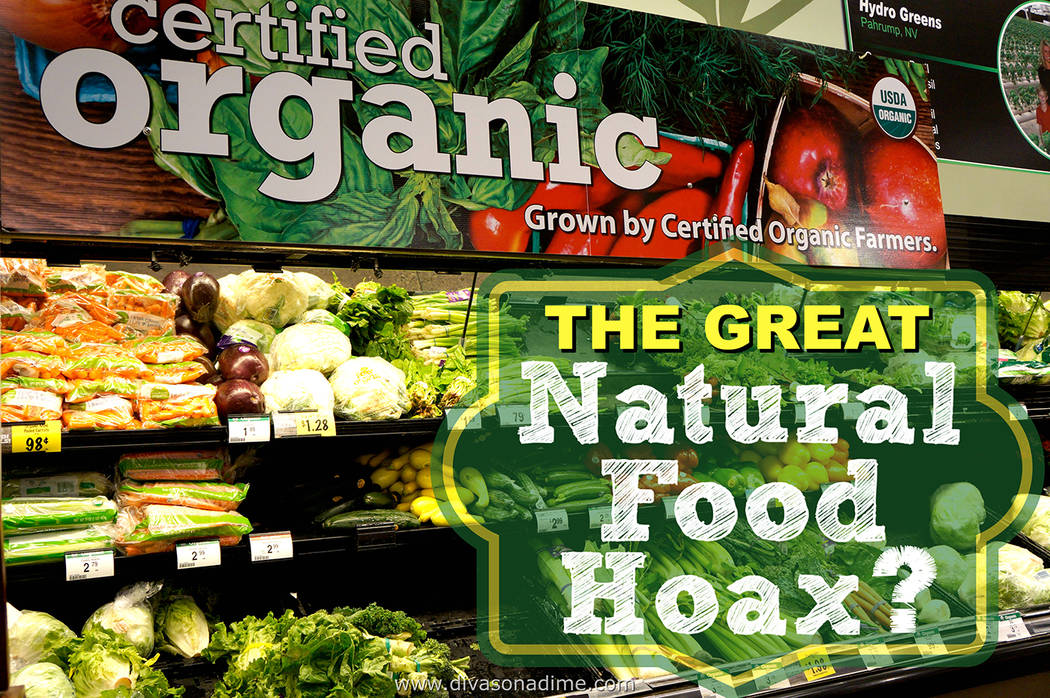Patti Diamond: How to understand the labels on your food
When my kids were little, if they didn’t understand something, they would say “that (fill in the blank) made me stupid.”
I think of that sometimes as I stand in the grocery store trying to decipher the labels on food.
Those labels make me stupid. I don’t like feeling stupid and I doubt you do either.
So here’s what I learned about what those descriptions on our foods really mean.
Natural – This can be misleading. The term natural can mean those products contain no artificial ingredients and are minimally processed. This isn’t a big deal because it’s obvious that eggs in the shell have minimal processing, as do your chicken pieces and pork chops.
However, for all other food products - canned goods, frozen foods, beverages, baked goods, pantry items, the term is completely unregulated. Anyone can put it on their label regardless of the ingredients or methods used to make the product.
GMO Free – What’s GMO? It stands for genetically modified organism which means the genetic makeup of a plant has been altered in a way that did not occur naturally. The term GMO-Free indicates the product has not been genetically modified. By definition, all organic foods are GMO-free. The top genetically engineered crops in the United States are corn, soy, canola, and cotton. The genetic mutations have been scientifically engineered to help the crops withstand blight and certain insects.
Free-Range – This means the poultry or livestock had unrestricted access to the outdoors and unlimited access to food and water.
Cage-Free – This means the poultry and livestock were humanely raised and allowed to wander freely within an enclosed area with unlimited access to food and water. This way of raising animals is not only more ethical, it means less disease resulting in less use of antibiotics.
Grass-Fed – You have to watch this one too. It means that the animal was fed primarily grass, or got most of their nutrients from grass. It doesn’t necessarily limit the use of hormones or antibiotics and grass itself may contain pesticides.
Organic – The U.S. Department of Agriculture has strict guidelines for those items displaying the “organic” label. The use of antibiotics and growth hormones is forbidden in meat, poultry, eggs and dairy products, and produce is grown without the use of conventional pesticides.
The Clean 15 and the Dirty Dozen - Each year the Environmental Working Group (EWG) posts their findings about the “dirtiest” and “cleanest” fruits and vegetables available to consumers based on their levels of pesticide contamination. Those ingested pesticides are believed to accumulate in the body contributing to health ailments including cancer.
Clean 15 – These you can safely purchase conventionally grown: avocados, sweet corn, pineapples, cabbage, onions, sweet frozen peas, papayas, asparagus, mangos, eggplant, honeydew melon, kiwi, cantaloupe, cauliflower, and broccoli.
Dirty Dozen – This is where to spend the extra to purchase organically grown due to the high concentration of pesticides. Strawberries, spinach, nectarines, apples, grapes, peaches, cherries, pears, tomatoes, celery, potatoes, sweet bell peppers.
Hopefully, this knowledge will make us feel a little less “stupid” next time we’re staring at the labels on our food. Choose well, my friends!
Frugal fodder contributed by Patti Diamond from Divas On A Dime – Where Frugal, Meets Fabulous! www.divasonadime.com Join us on Facebook at DivasOnADimeDotCom

















